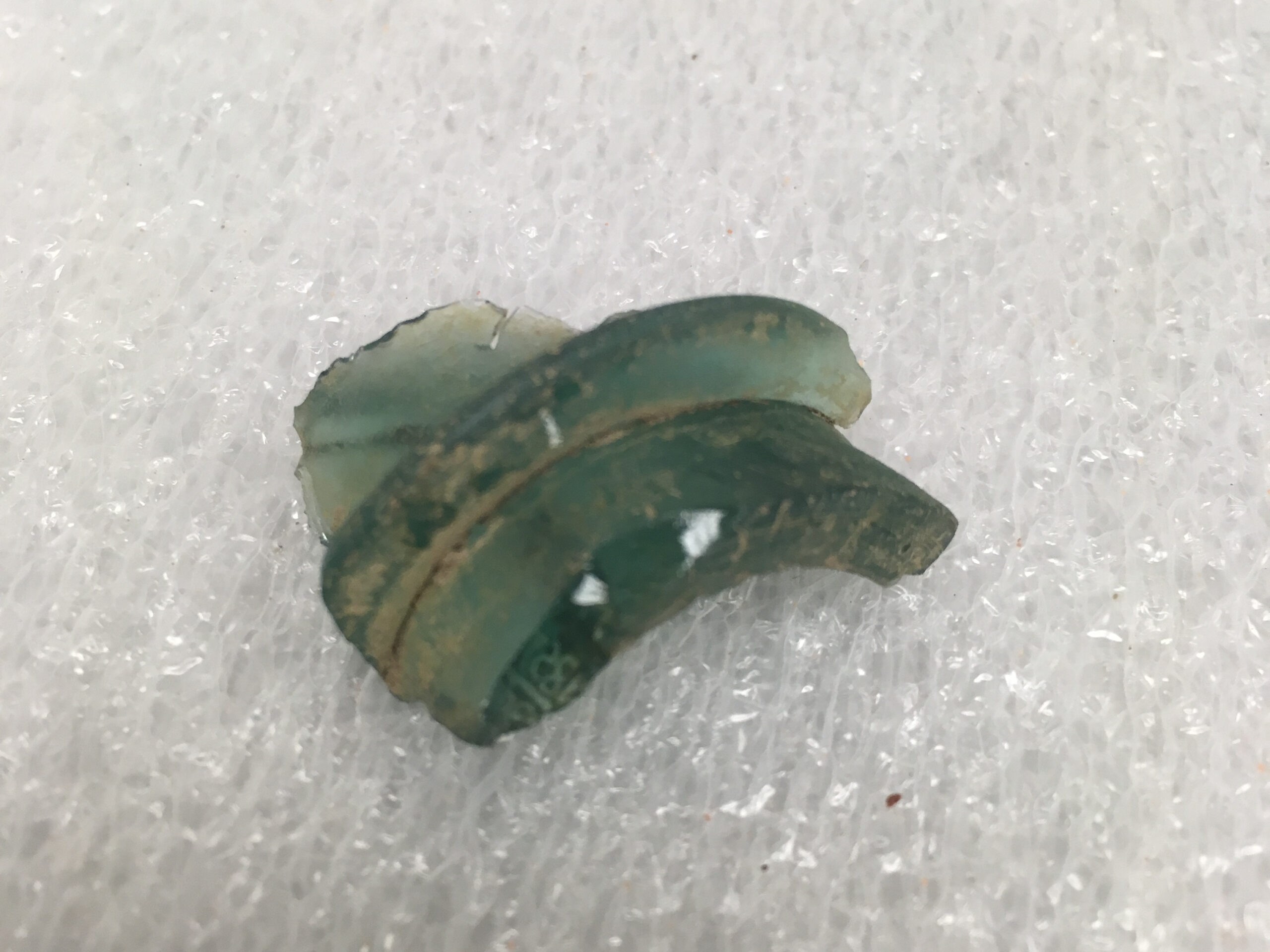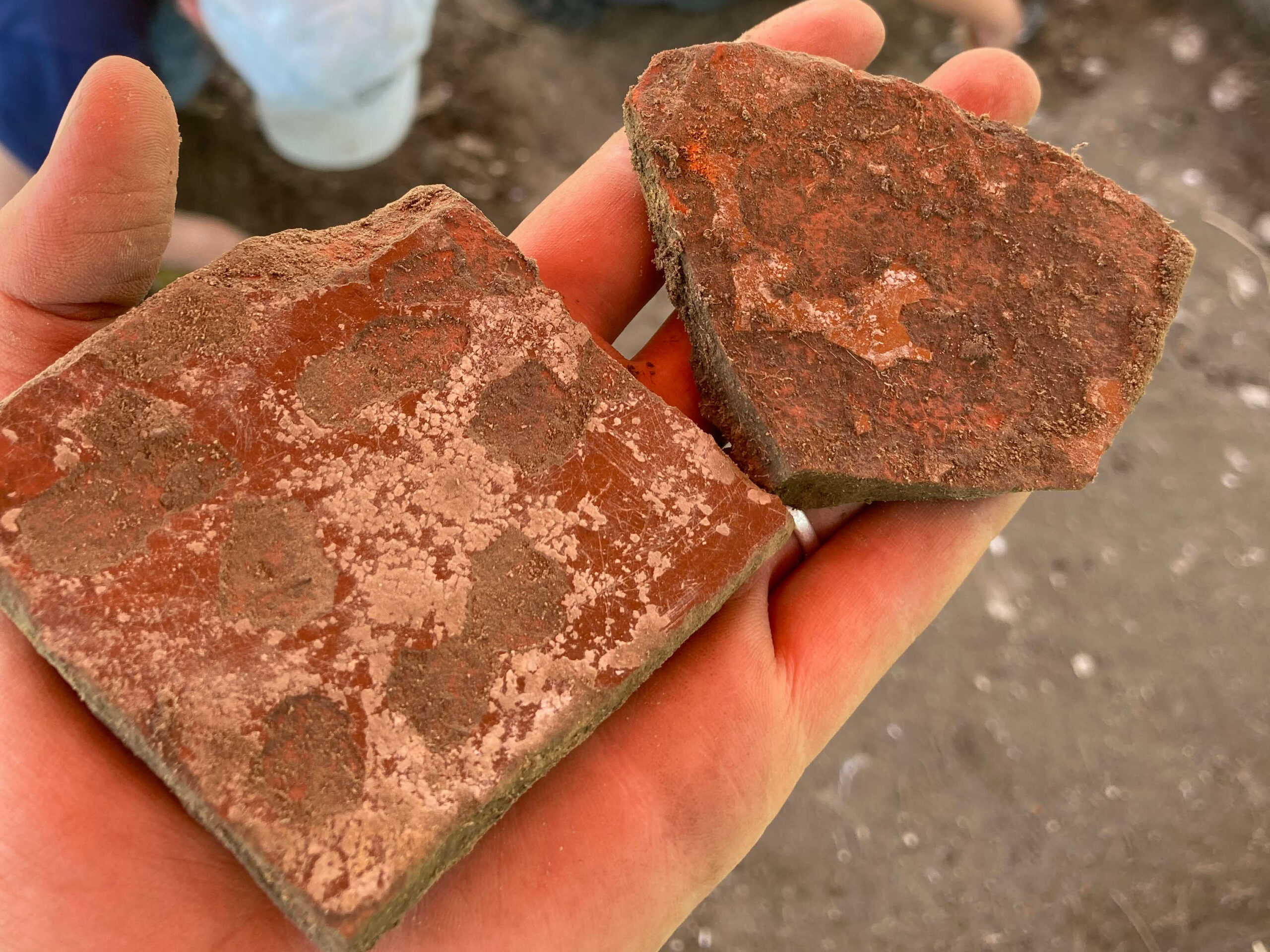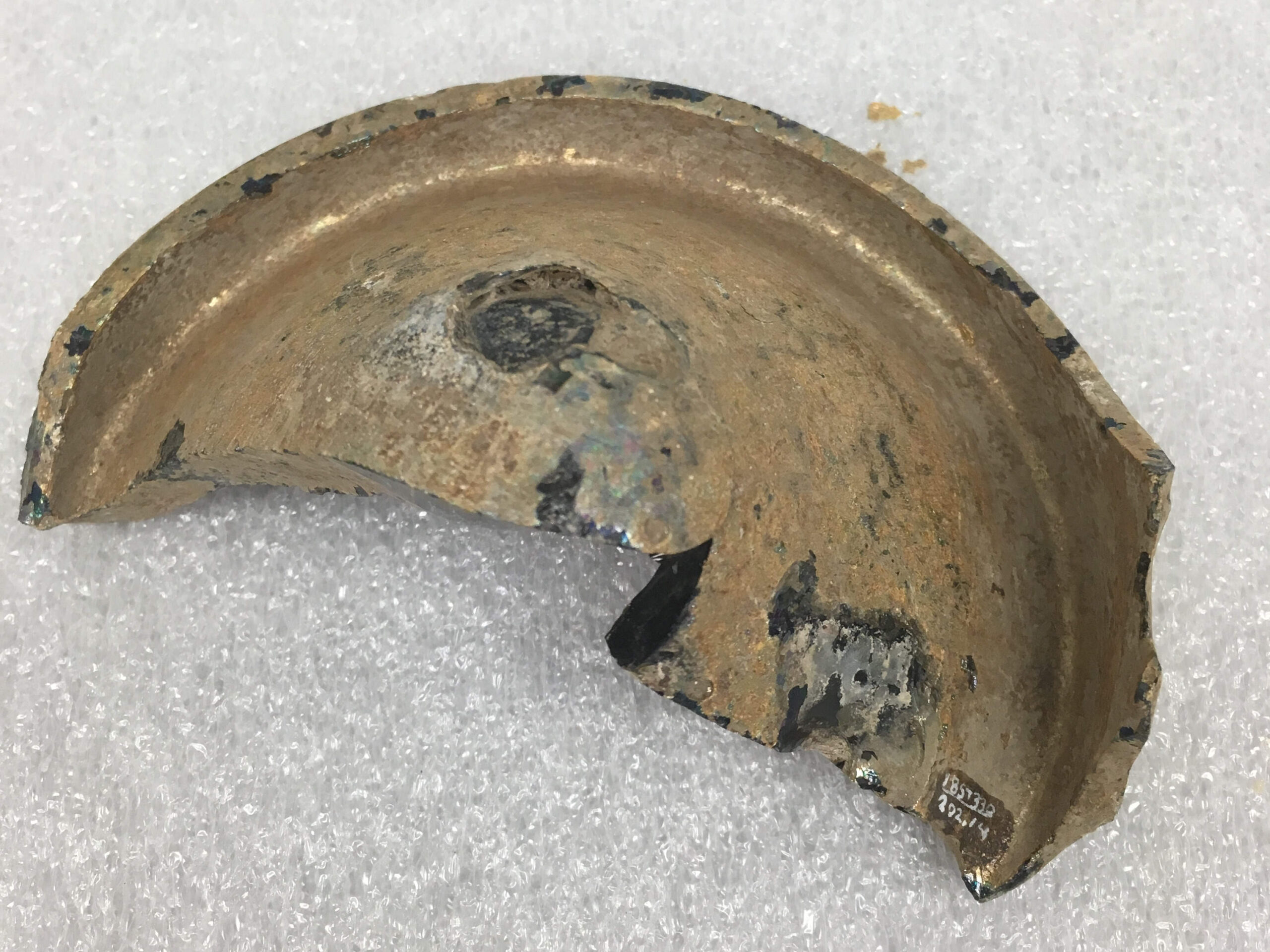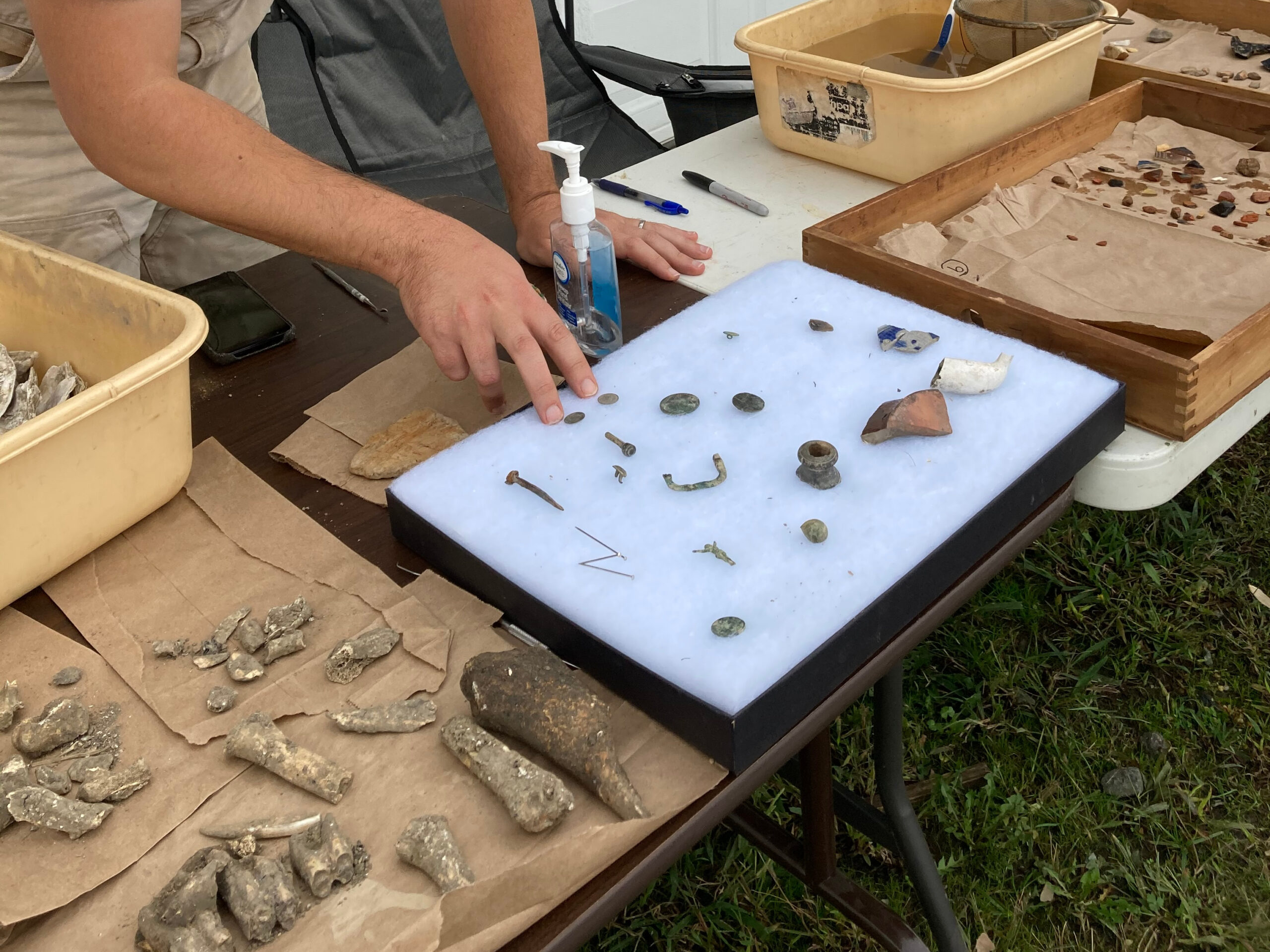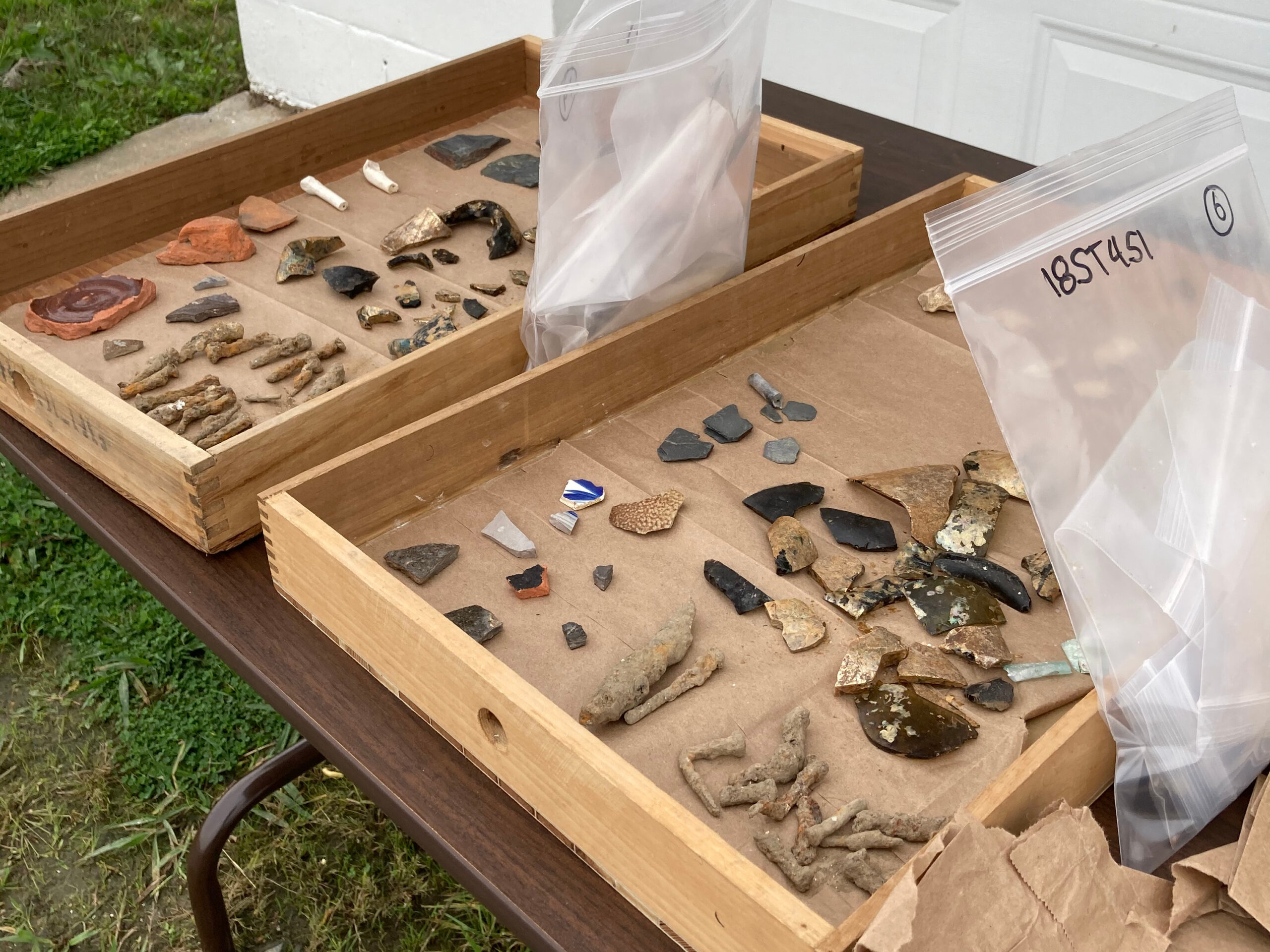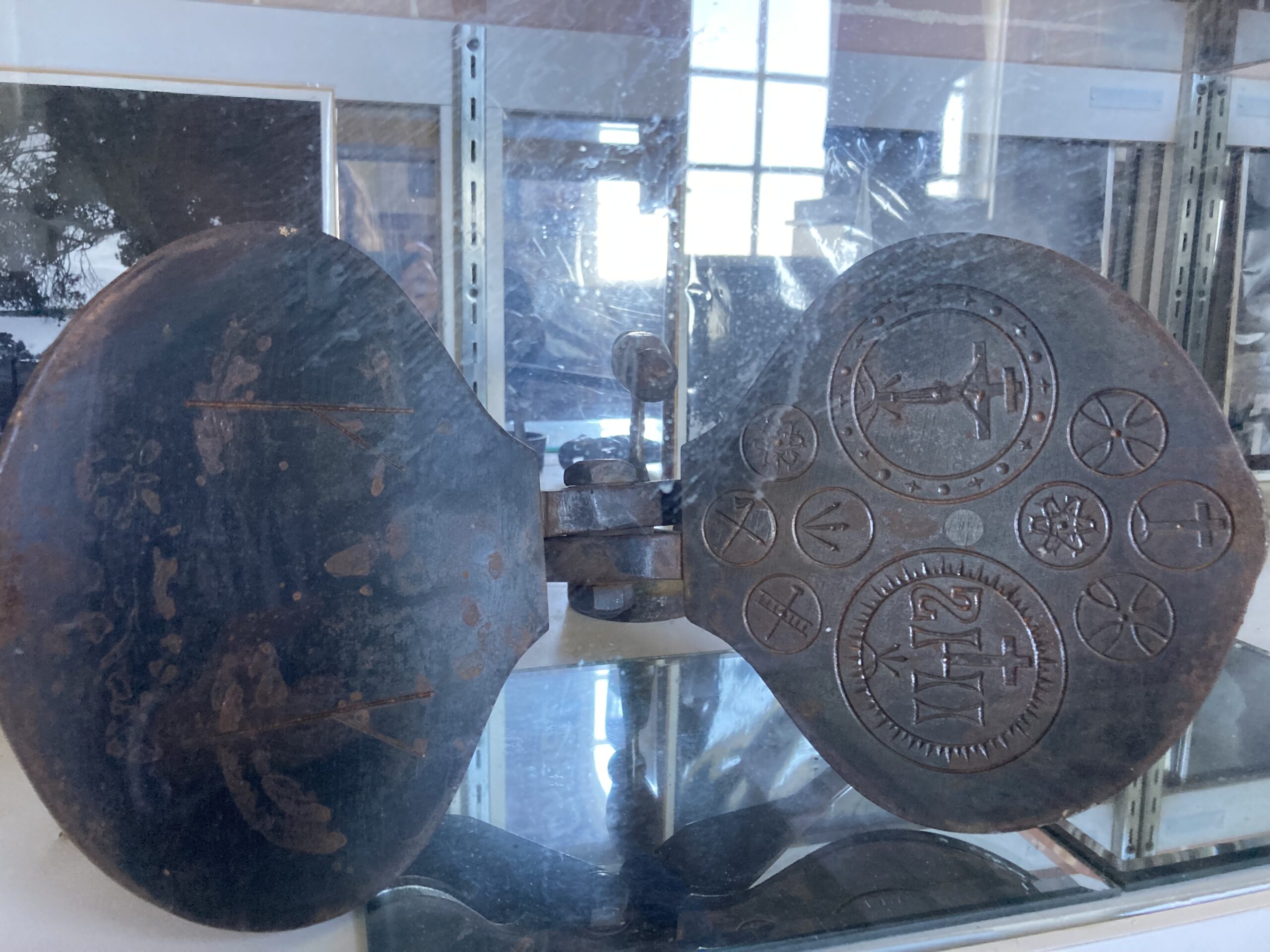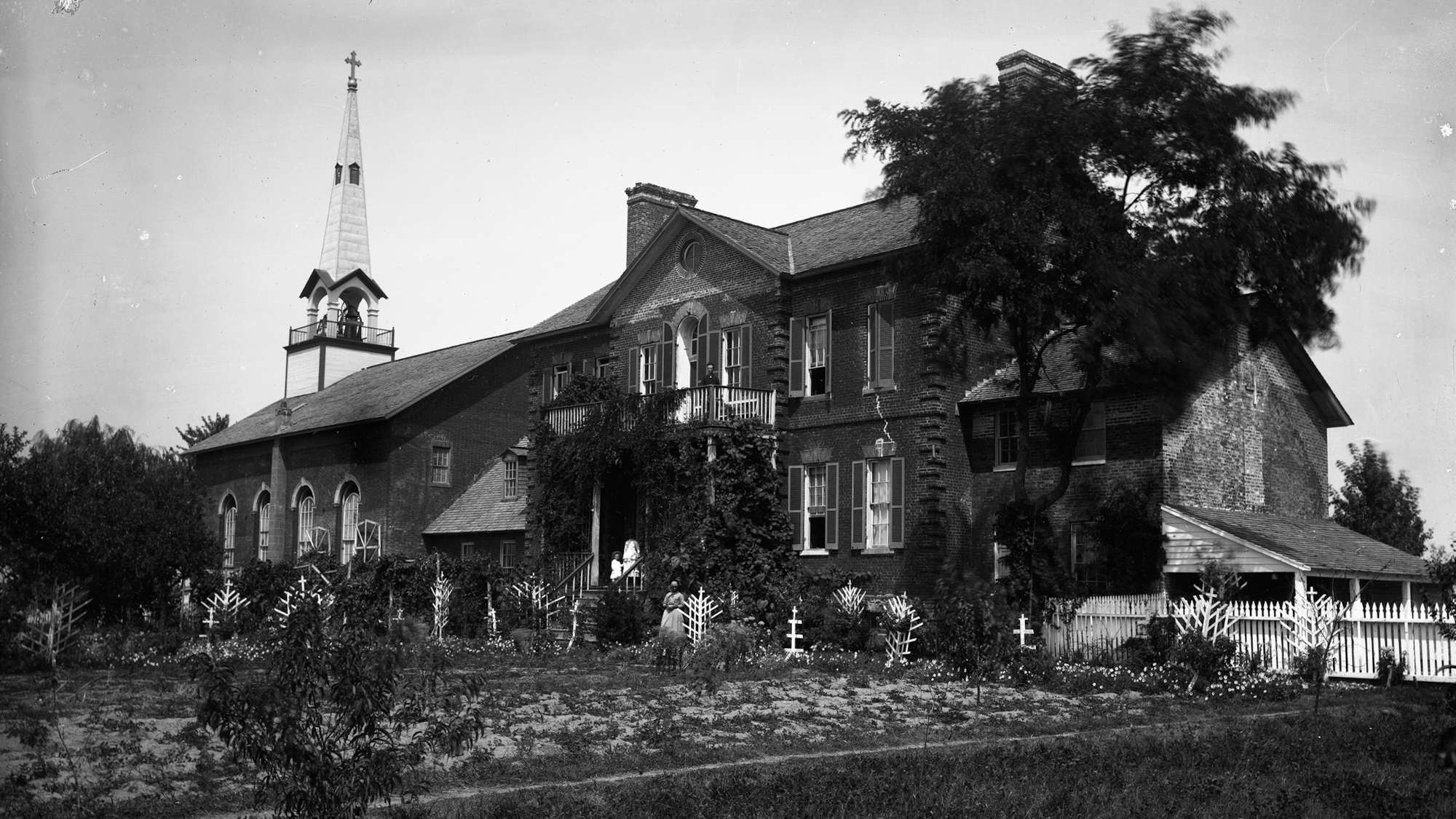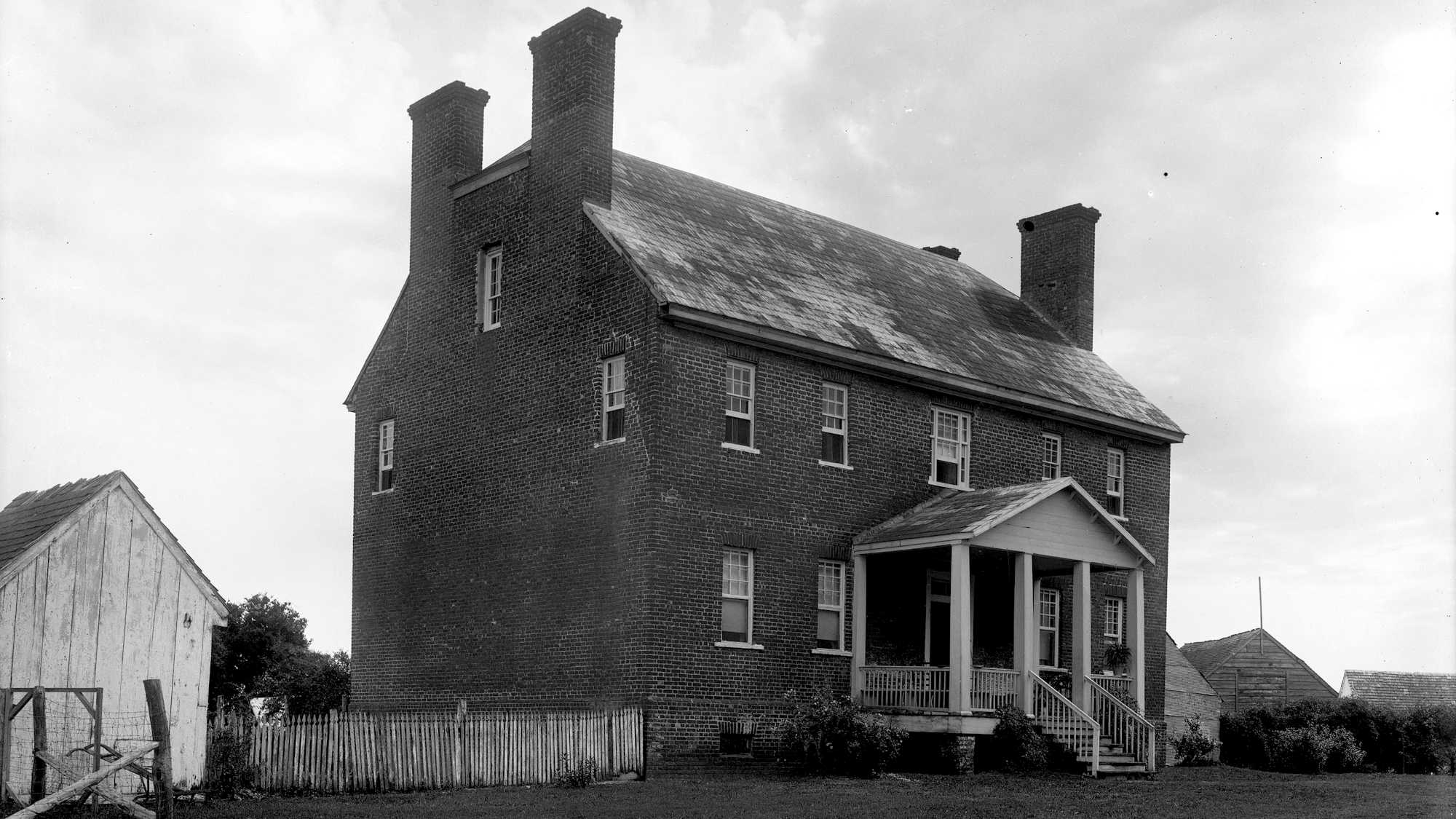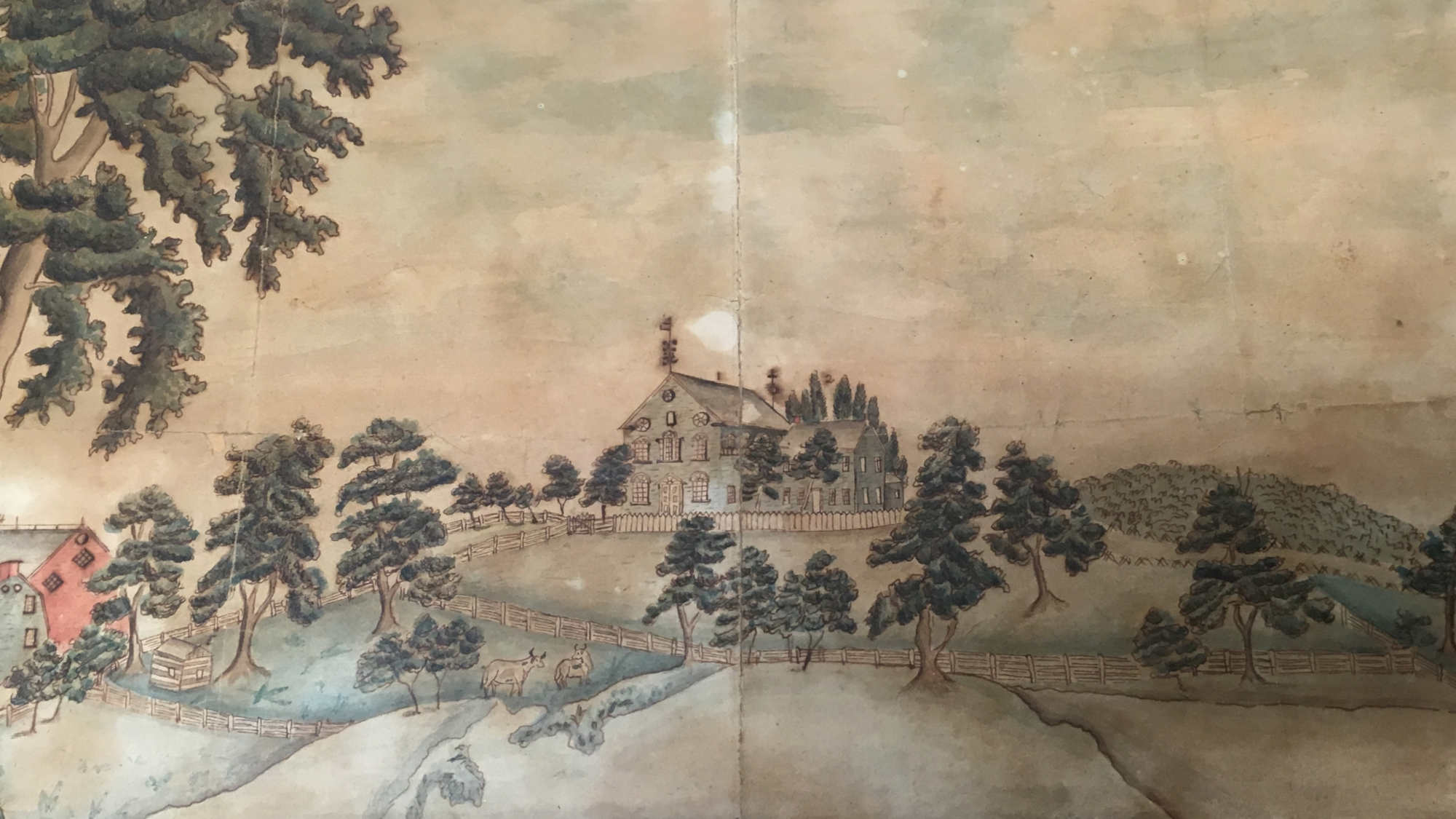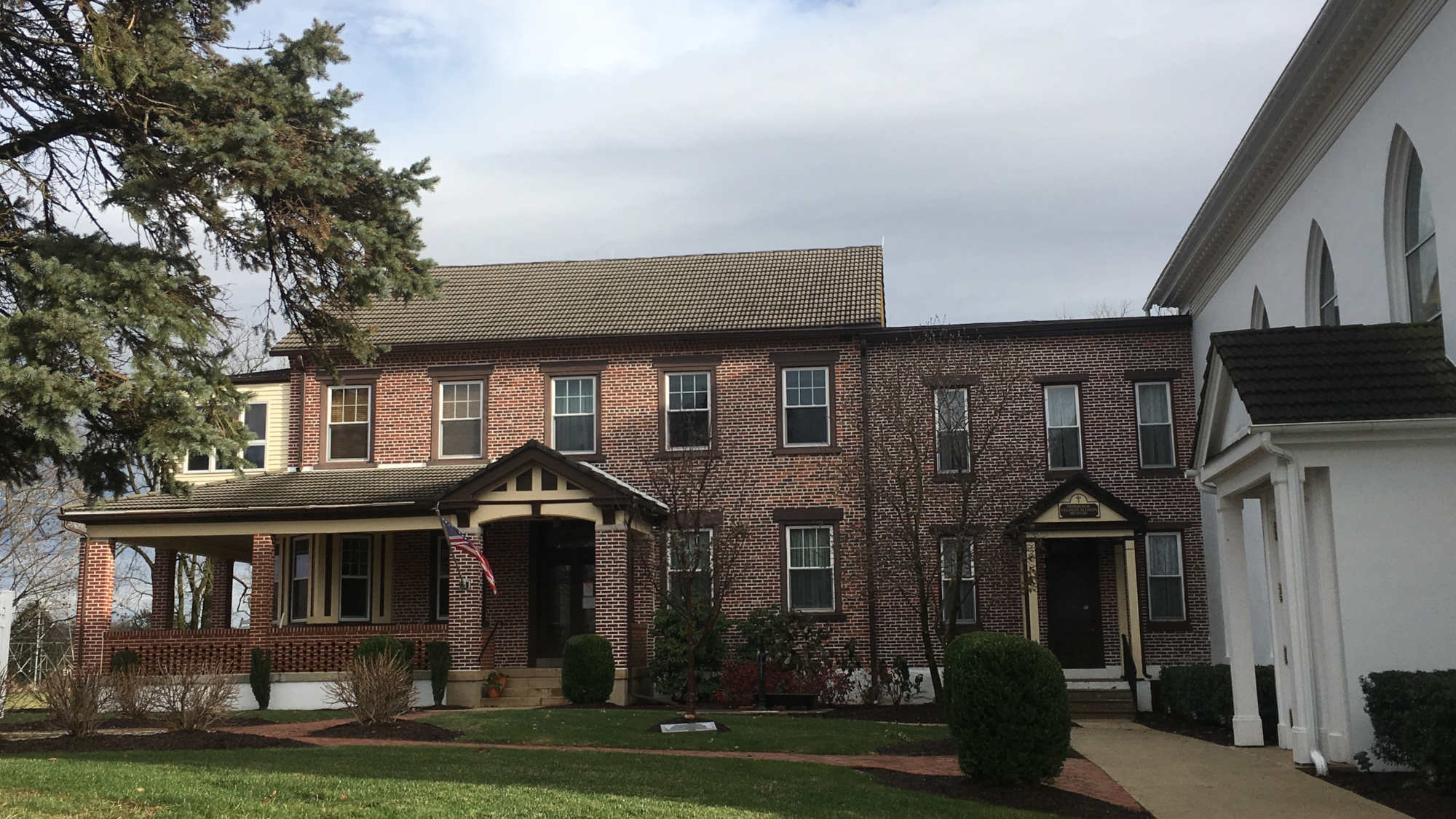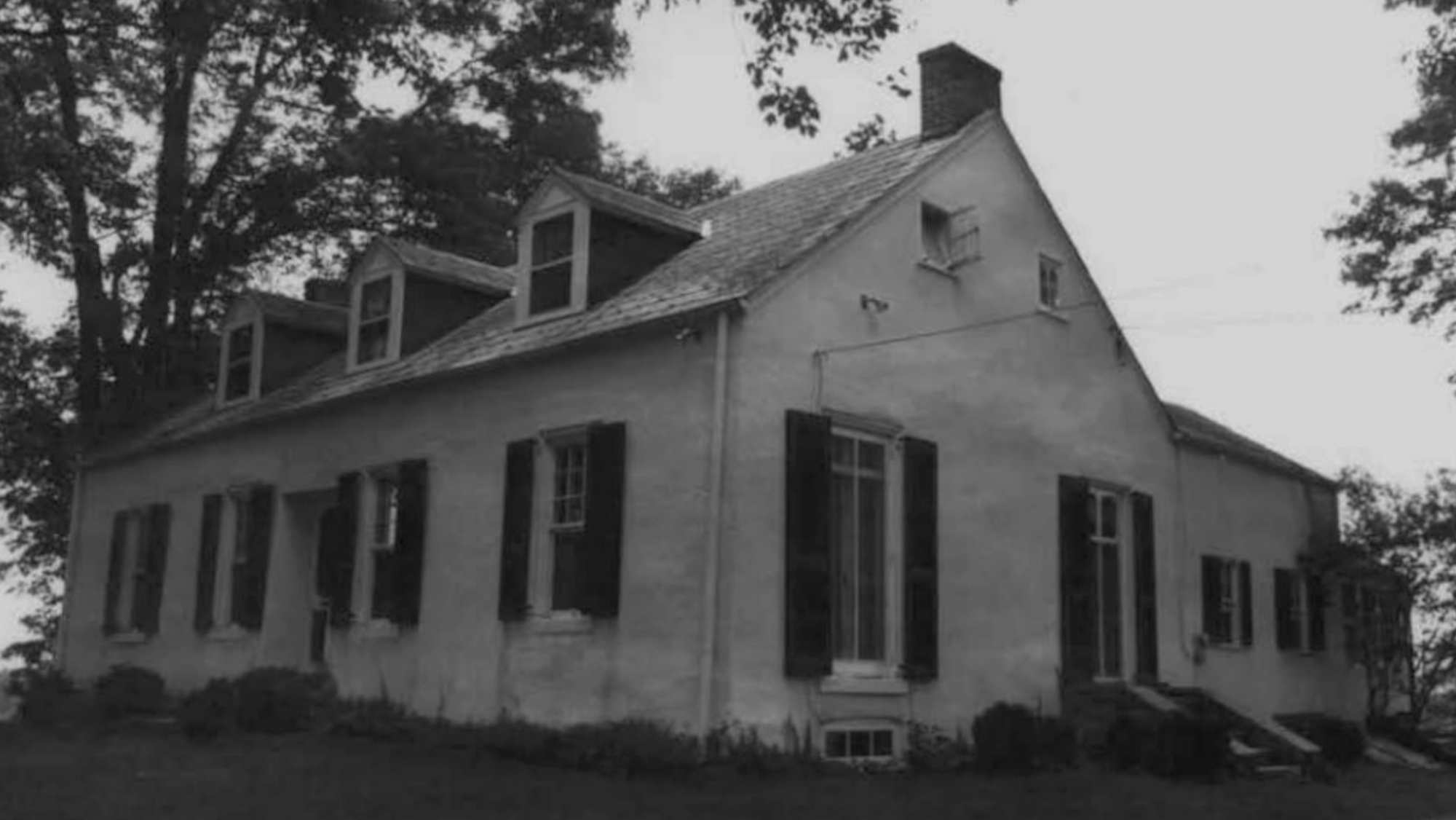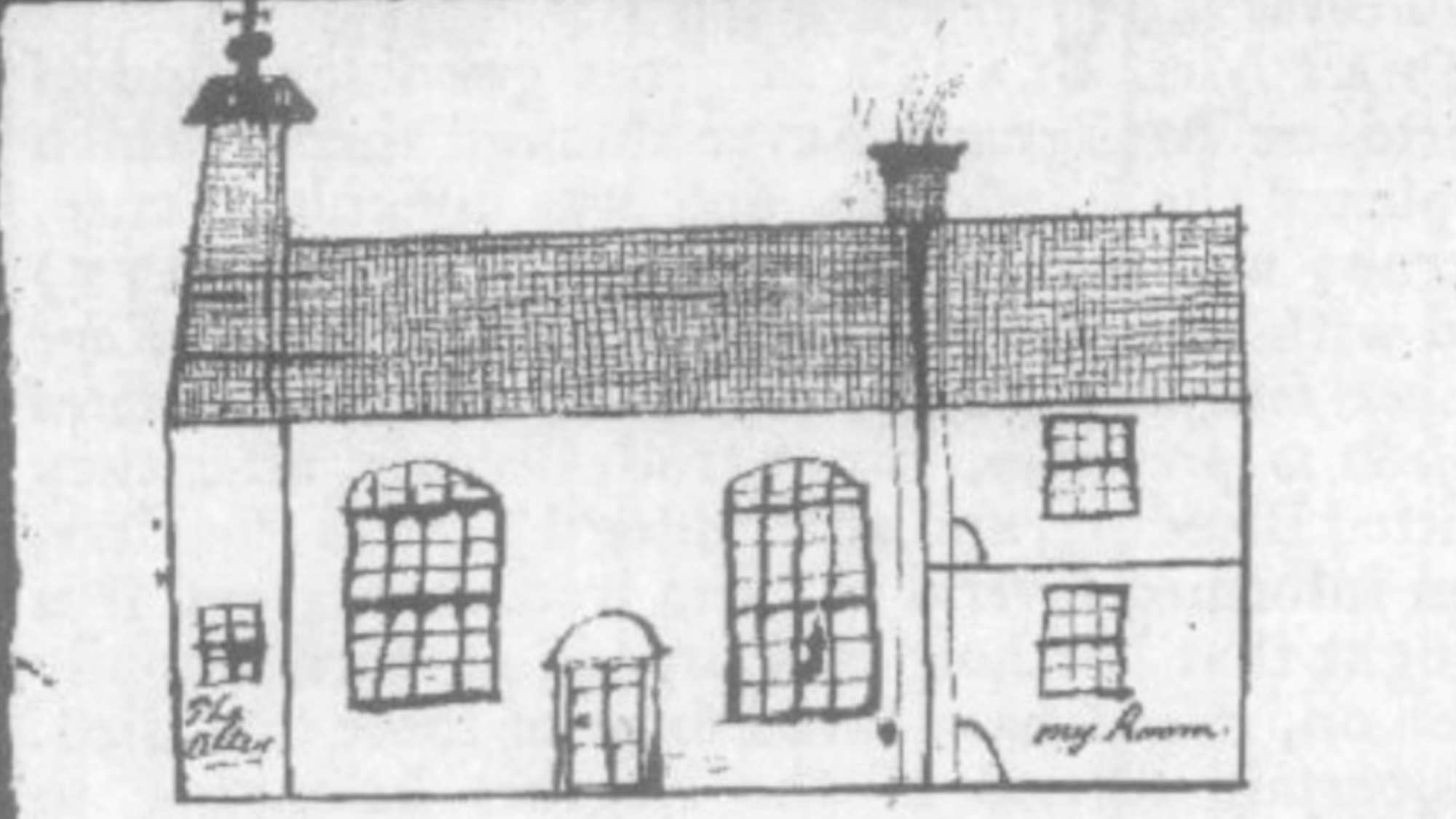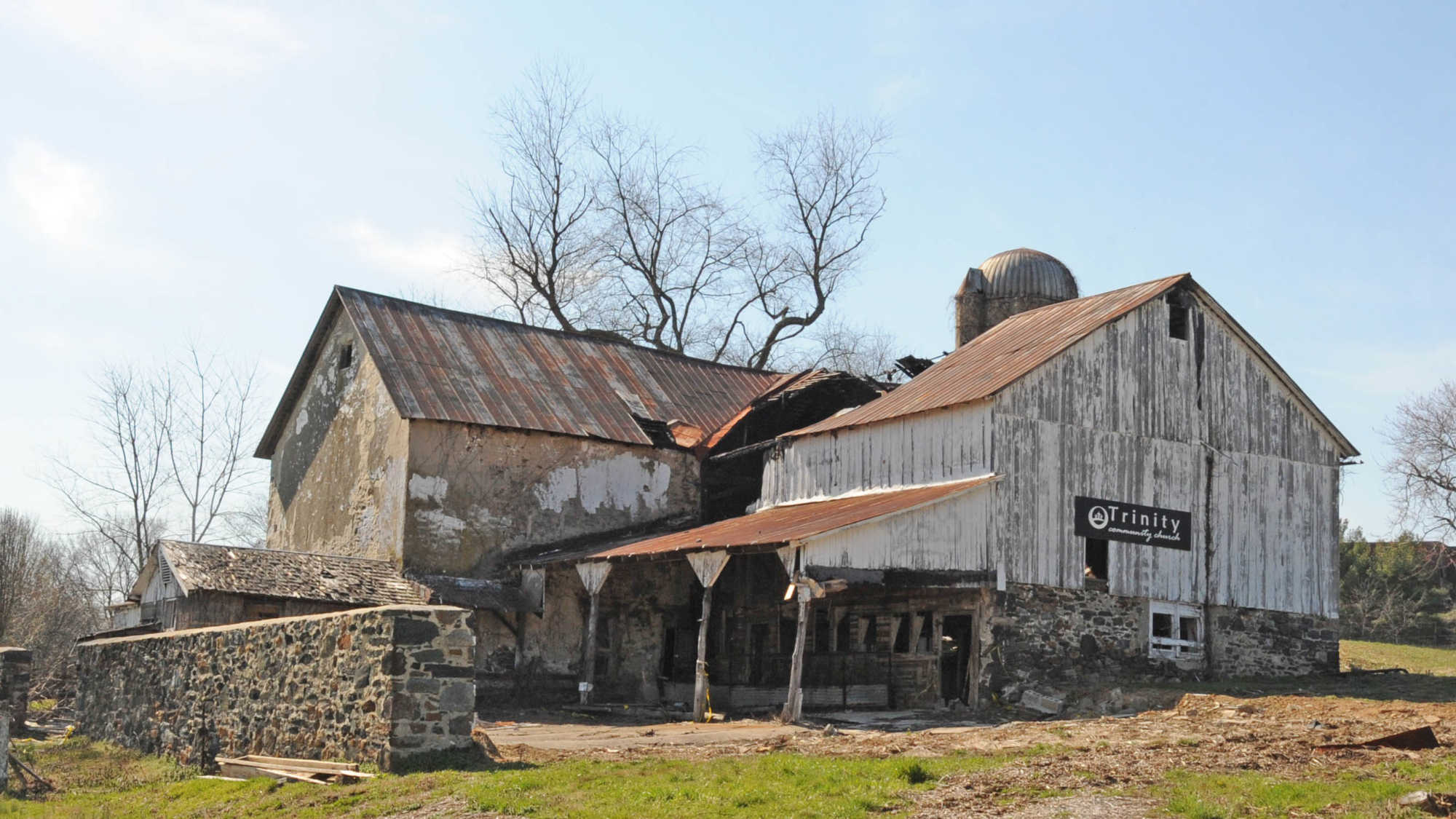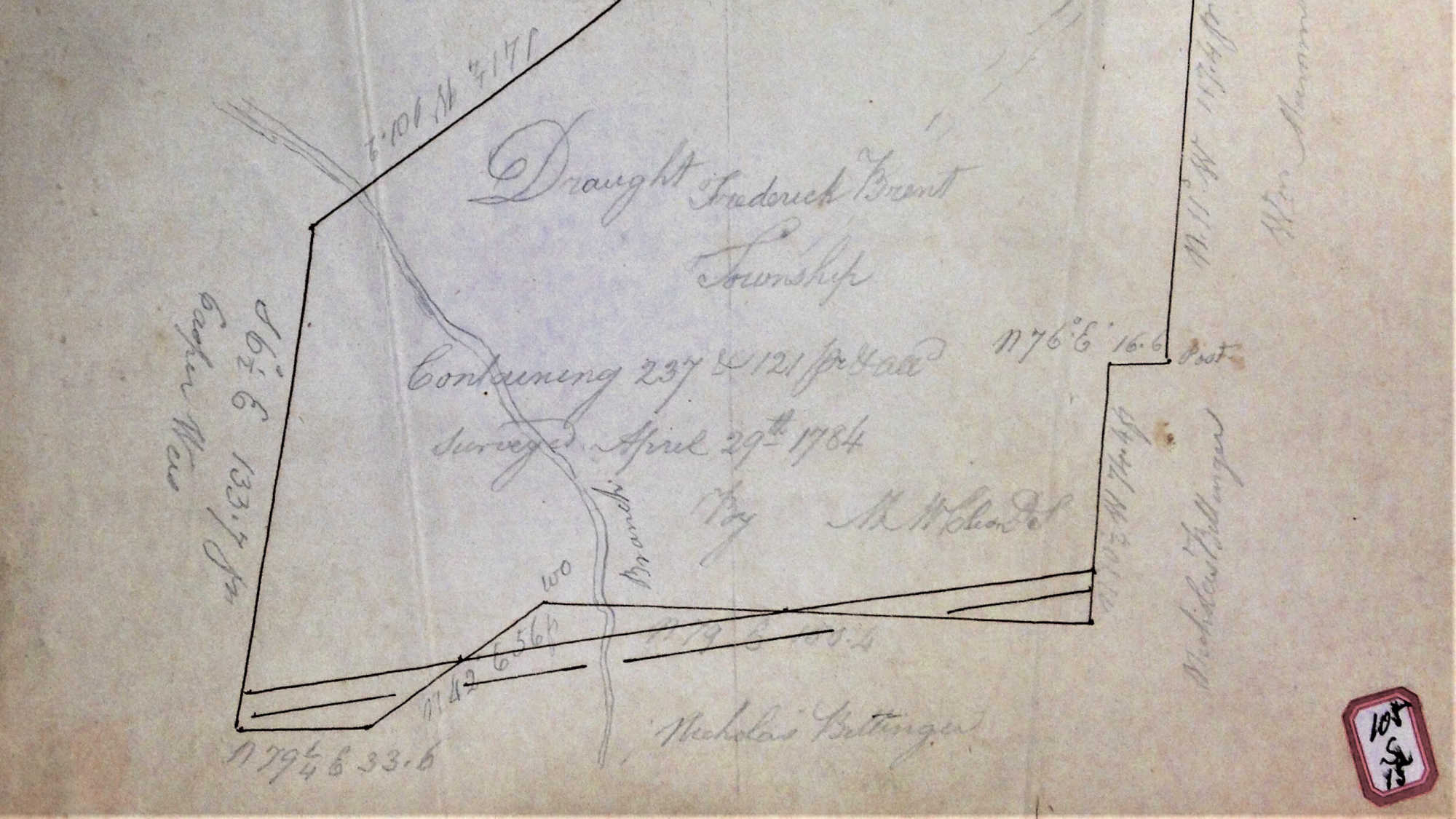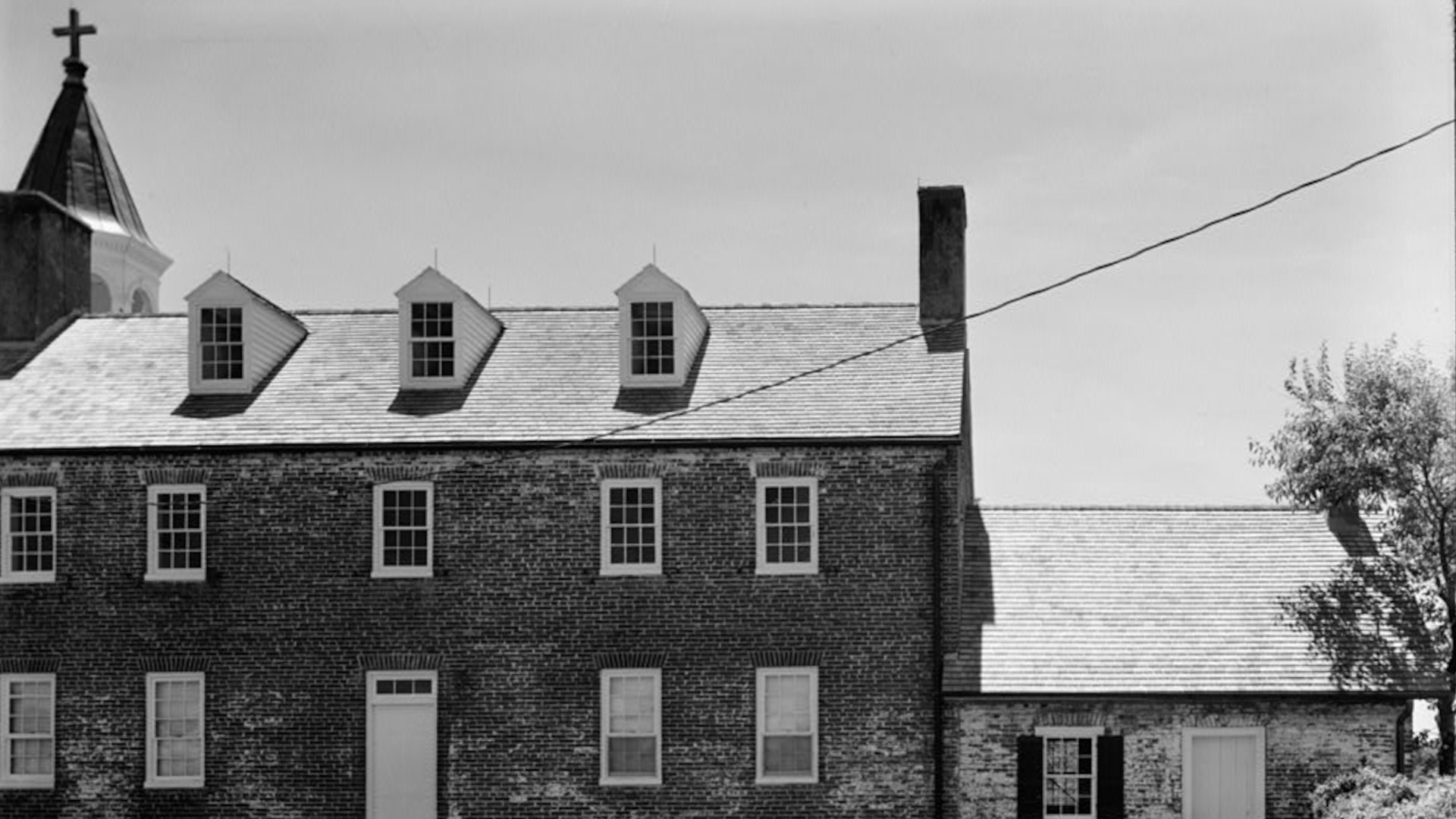Archaeology
What is Archaeology?
Archaeology is a social science that uses everyday objects and evidence in the ground to answer questions about our shared past. Archaeology also incorporates evidence and techniques from other fields of research such as history, cultural anthropology, geology, chemistry, and biology. Archaeology shows links to the past through the objects that our ancestors made and used, and through the places they built and inhabited.
To do archaeology is to hold a piece of the past and reflect upon the lives of our ancestors.
To do archaeology is to hold a piece of the past and reflect upon the lives of our ancestors.
Doing Archaeology
Archaeologists carefully dig in the ground, taking note of changes in soil color and texture, as well as the remains of ancient objects called artifacts. Soil is placed in a metal mesh screen, which will catch artifacts and allow loose soil to fall through. These artifacts are kept to be washed and studied. Artifacts reveal clues about culture: the shared beliefs, values, and practices of a group of people. Archaeologists use artifacts to learn more about a site and its occupants.
Click on the video above to watch archaeologists in action.
Before an archaeologist starts digging, it is important to know where they want to dig and what they might expect to find. The review of historical documents such as letters, ledgers, and maps help to inform the archaeologist about a site’s natural environment and cultural history.
The memories of local residents and family histories from people whose ancestors lived at the site also provide invaluable information about a site’s history. Working with these local and descendant communities is an important step in understanding a site and its history. By researching the oral and written histories associated with an archaeological site, the archaeologist can begin to piece together the chapters of a site’s story.
The discovery of artifacts provides key information that can be used to reconstruct everyday practices.
Artifacts
An artifact is an item that was made or modified by humans and uncovered at an archaeological site. Common examples of artifacts include stone arrowheads, pottery, or butchered animal bone. However, an artifact can also be a stone flake produced when an arrowhead is made, or a burnt clay fragment left during the firing of ceramic.
No matter how big or small, complete or incomplete, all artifacts are important to the archaeologist in understanding the story of the past. Artifacts answer important questions about the people who made or used them. Artifacts are also not just for the archaeologist to study. Some are preserved and displayed in museums for public education. From the ground to the museum, artifacts play a vital role in our understanding of our shared past.
See artifacts used by Jesuit-enslaved ancestors.
Archaeology helps to tell our ancestors’ stories by examining “small things forgotten”: broken pieces of pottery, nails, animal bones, seeds, and bricks.
Features
Features, like artifacts, are important to the story of the past. Unlike artifacts, features cannot be easily removed from the ground. A feature might be a brick hearth or evidence of a wall or the foundation of a house. Sometimes all that remains of a building are stains in the soil: the remains of posts and post holes. These structural remains benefit the archaeologist by providing key information about buildings, fence lines, and the organization of yards, gardens and fields. Living and working spaces are often identified through the existence of features.
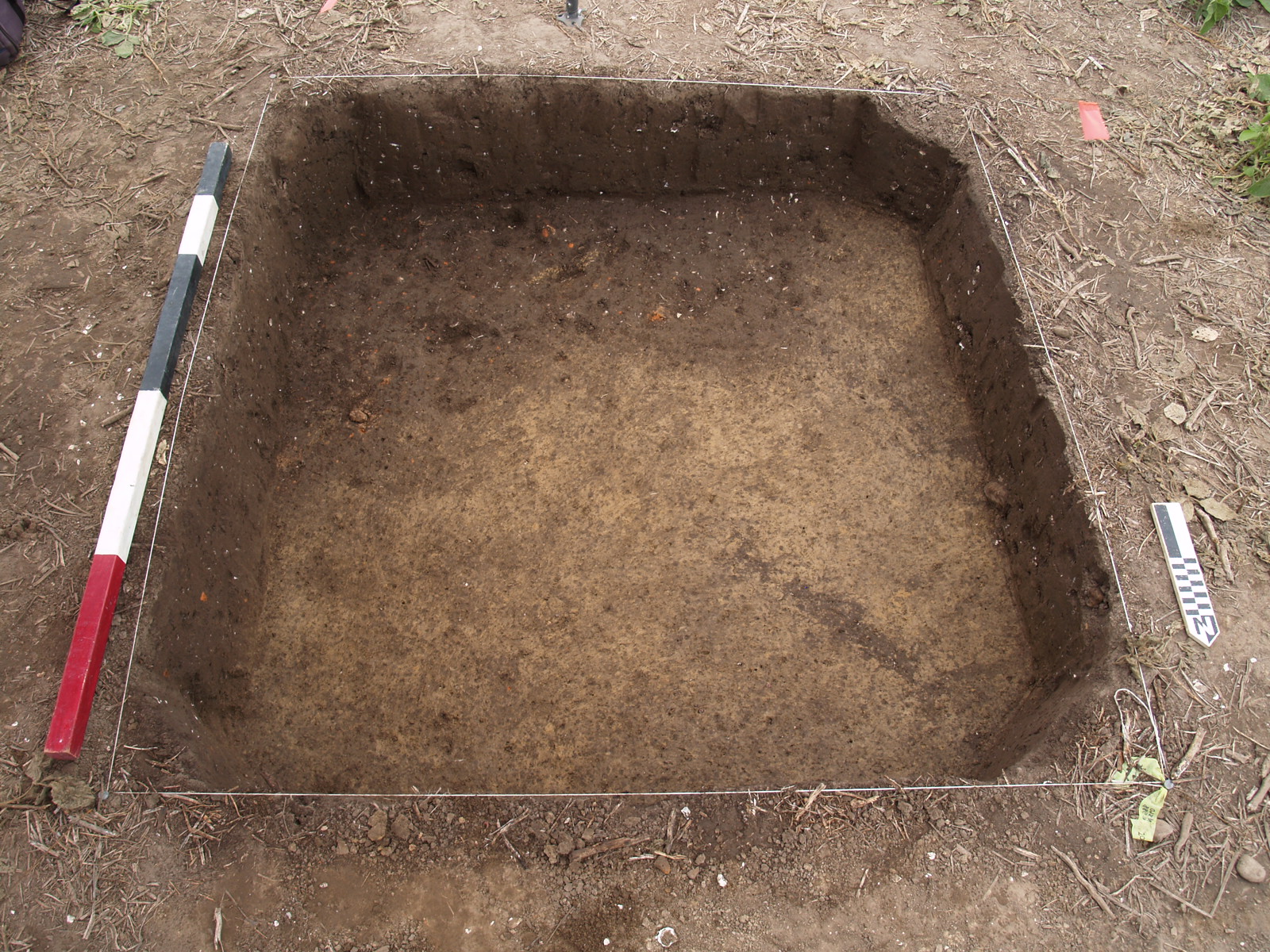
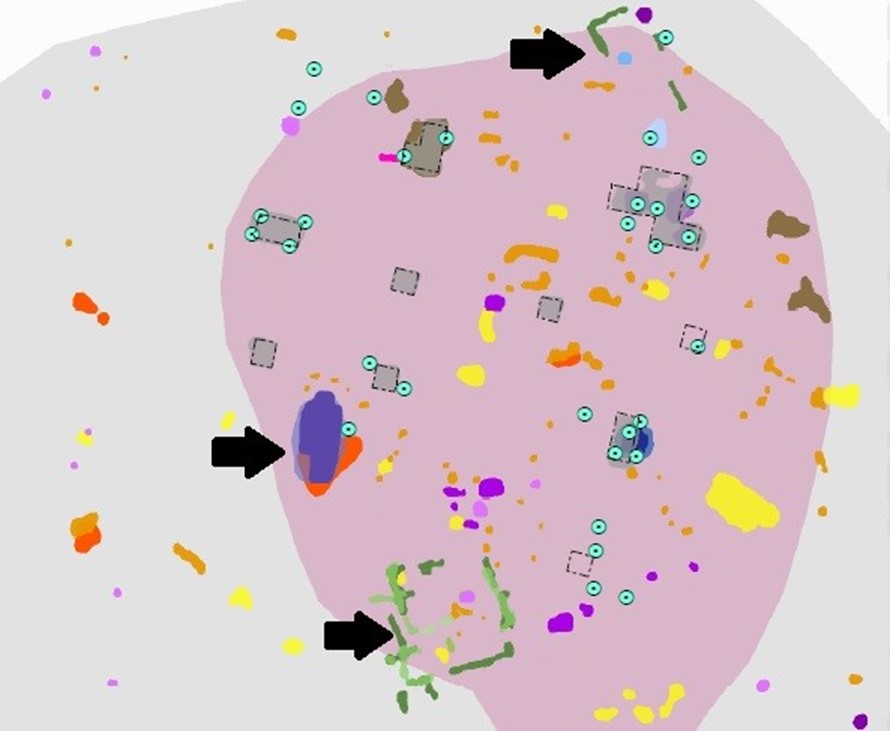
Sites
A site is a place where an archaeological investigation occurs. A site can be small, like a temporary Native American camp with a few stone flakes, or it can be large like a plantation with many buildings and artifacts. Sites are places where ancestors lived day-to-day, where communities gathered, and where the dead were mourned and buried. The excavations conducted at a site reveal the artifacts and features needed to understand a site’s history.
Read more about places where ancestors lived.
Archaeology provides a framework for thinking about the past in light of today’s inequalities.
Archaeologists
Archaeologists are social scientists who enable the discovery and preservation of history through the objects and structures that people left behind. Archaeologists are trained in how to dig an archaeological site and study the artifacts and features it yields during the excavation process. Archaeologists work in both the field (digging) and lab (analysis) settings. Their research answers critical questions about human history. It is the mission of the archaeologist to study and learn from the items of our collective past.
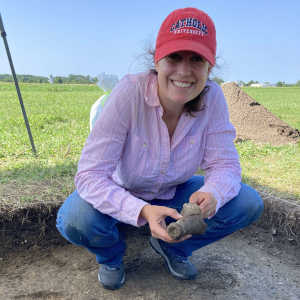
Dr. Laura Masur
Project Director
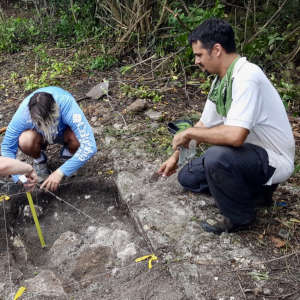
Dr. Steve Lenik
past Project Director
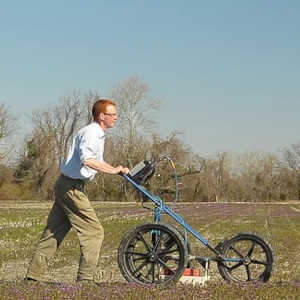
Dr. Tim Horsley
Geophysical Analyst
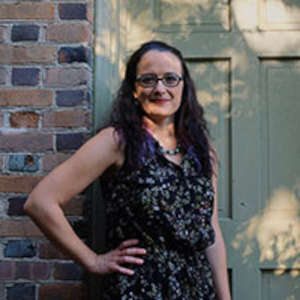
Rebekah Planto, MA
Archaeology Educator
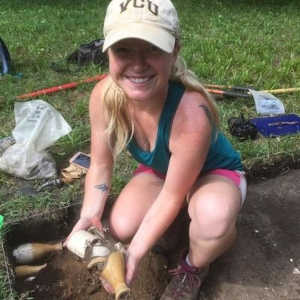
Ashley McCuistion, MA
Archaeology Educator
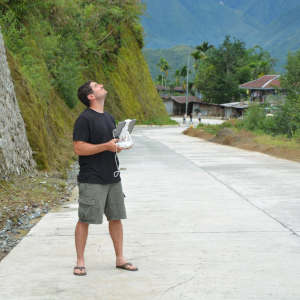
Jared Koller, MA
Web Developer
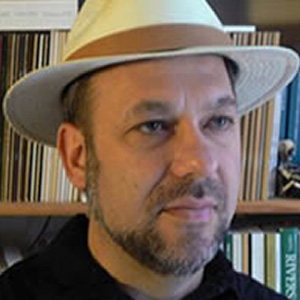
Dr. Bernard Means
Director, Virtual Curation Laboratory
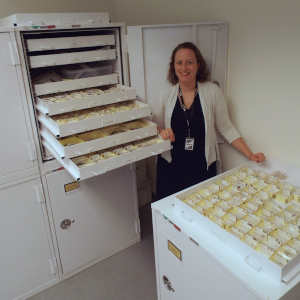
Sara Rivers-Cofield, MA
Curator
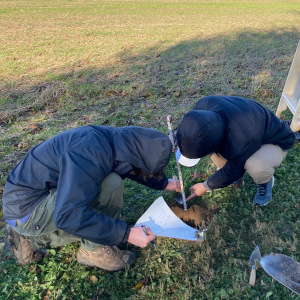
James Chatham, BA
Research Assistant
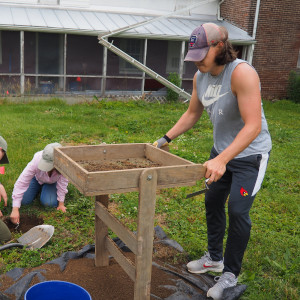
Fabrizio Reilly
Research Assistant
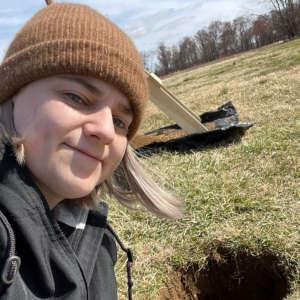
Maria Letizia, BA
Research Assistant
